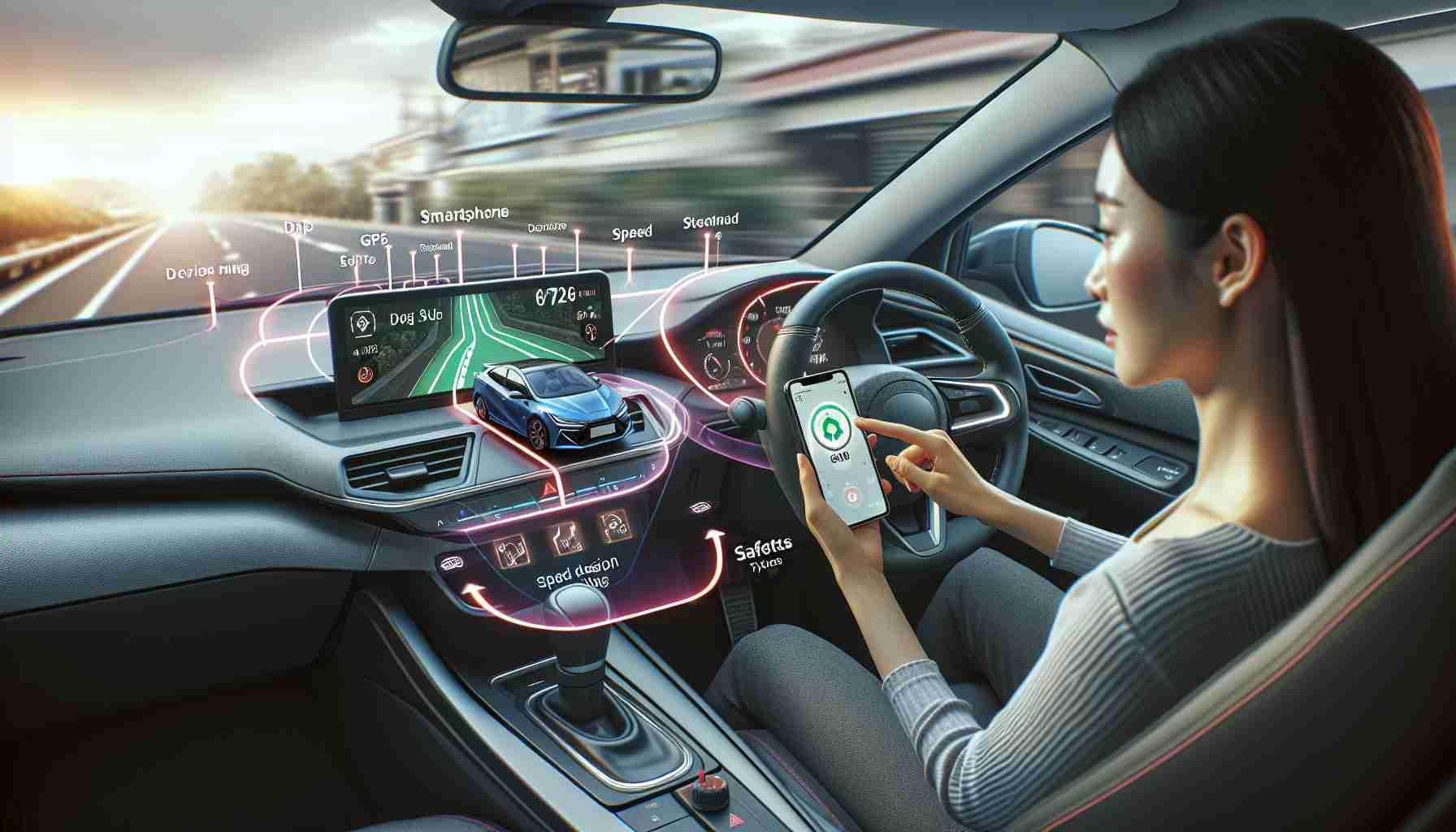Modern Vehicles Promote Safer Driving
In recent years, advancements in automotive technology and updates to traffic regulations have significantly increased on-road safety. Auto manufacturers have introduced systems that help minimize driving risks. One notable development is the integration of smartphones with vehicle systems, which curtails the leading cause of driving distractions and accidents: mobile phone use.
Infotainment Systems: The Bridge Between Smartphones and Safer Rides
The infotainment system located on a car’s dashboard can now communicate with the driver’s or passengers’ smartphones. This process isn’t always automatic; newer vehicles come with built-in Bluetooth connectivity, while older models can be adapted using simple adapters available on the market.
Choosing the Right Bluetooth Adapter for Your Smartphone
There are diverse Bluetooth adapters designed to cater to various needs and to be compatible with different smartphone operating systems. For Android users, the Motorola MA1 adapter is a prime choice for Android Auto functionality, ensuring seamless access to features like calls, messages, navigation, and streaming music without needing to touch the phone.
Similarly, iPhone users can opt for a CarPlay adapter, resembling a USB drive, to connect to the dashboard and access smartphone functions while the device stays in your pocket. This adapter operates at a transmission frequency of 5.8 GHz, which allows for stable connectivity in areas with low signal coverage, thanks to its 5G-capable chip.
“Plug and Play” – Effortless Connection for a Better Driving Experience
Both types of adapters feature a “plug and play” system and connect instantly to the smartphone once connected to the USB port of the car’s infotainment system. Enjoy all the features of Android Auto and CarPlay, many of which are particularly handy for drivers.
Please note that the text includes affiliate links, and as Affiliates, we may earn from purchases made through these links. The prices might vary after the article’s online release, so it is recommended to check the current rates.
Key Questions and Answers
What are the potential benefits of smartphone integration in cars?
Smartphone integration in cars offers numerous benefits including:
– Reduced Distractions: Drivers can control various apps and functionalities such as calls, messages, and navigation through voice commands or steering wheel controls, decreasing the need to physically handle the phone.
– Improved Focus: With smartphone notifications displayed on the infotainment screen, drivers can glance quickly without significantly diverting their attention from the road.
– Better Navigation: Real-time traffic updates and GPS navigation apps help drivers find the most efficient routes, thus saving time and fuel.
– Entertainment: Passengers can stream music, audiobooks, or podcasts, which can make long trips more enjoyable.
– Emergency Assistance: Automated emergency calling features like eCall can alert emergency services in case of a severe accident.
What are the key challenges or controversies associated with integrating smartphones into car systems?
– Security Risks: Any system that involves connectivity can potentially be hacked, posing a risk of unauthorized access to the vehicle’s controls or the driver’s personal information.
– Distraction Risks: Despite the intended purpose to reduce distractions, the presence of numerous apps and features could still tempt drivers to engage with the infotainment system inappropriately.
– Compatibility Issues: The continuous development of new phone models and operating systems can lead to compatibility challenges with the vehicle’s infotainment system.
– Equity of Access: Not all drivers may have access to or can afford the latest smartphone technologies, leading to potential inequities in safety benefits.
Advantages and Disadvantages
Advantages:
– Increases driver focus by limiting the need to use the smartphone manually.
– Facilitates safer communication while driving through voice commands and hands-free technology.
– Keeps vehicle software updated and functional with the latest smartphone operating systems and apps.
– Provides real-time traffic updates and alternative route suggestions.
Disadvantages:
– May still pose a distraction if not used responsibly.
– Can create security vulnerabilities through increased connectivity.
– Up-front and ongoing costs for purchasing adapters and potentially more data usage.
– May quickly become outdated as technology evolves.
For more information about the progression of automotive and smartphone technology, please refer to the main domains of reputable tech and automotive news sources:
TechCrunch
Engadget
The Verge
CNET
Car and Driver
Please ensure to confirm the information from these links is up-to-date as the technology landscape changes rapidly.
